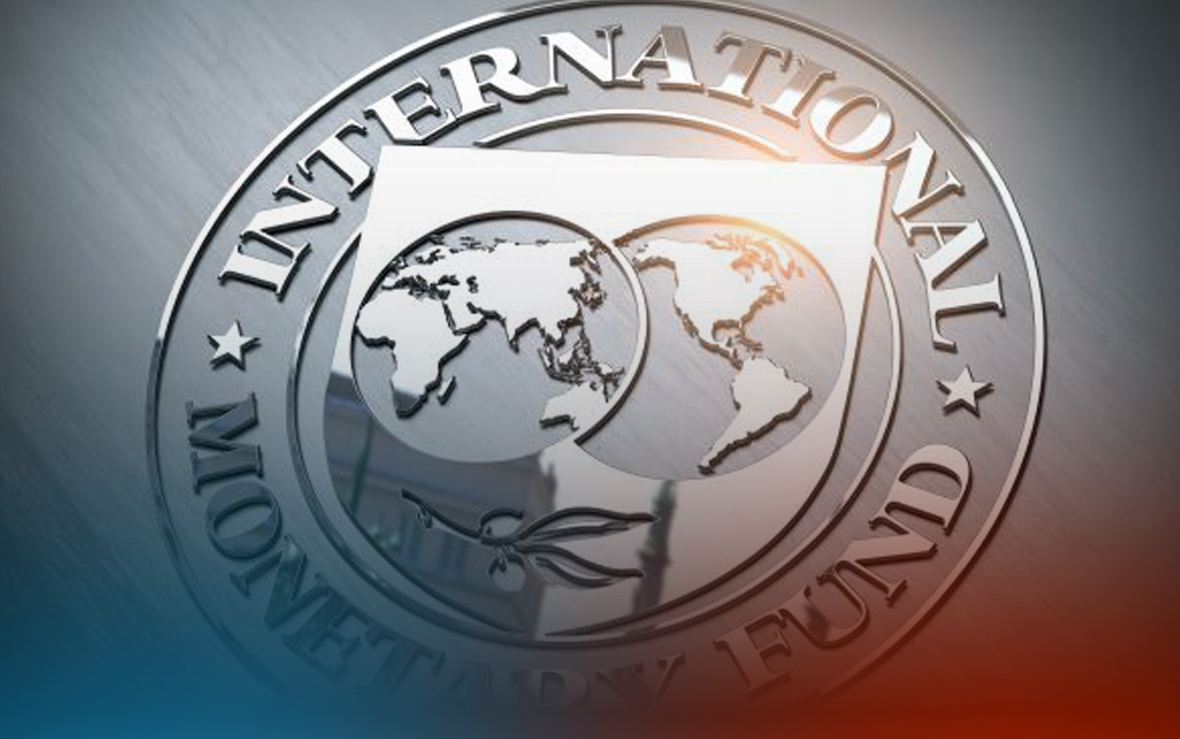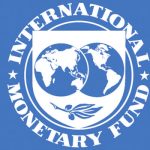IBINABA ng International Monetary Fund (IMF) ang Philippine economic growth forecasts nito para ngayong taon at sa 2025, nagpapakita na maaaring hindi makamit ng bansa ang targets nito dahil sa weaker-than-expected private consumption.
Ayon sa IMF, inaasahan nito ngayon na lalago ang ekonomiya ng Pilipinas ng 5.8% ngayong taon, mas mabagal sa 6.0% projection na ginawa sa July World Economic Outlook (WEO) Report nito.
“This mainly reflects our view that private consumption is going to growth slightly with less momentum,” sabi ni IMF mission chief Elif Arbatli-Saxegaard sa isang press briefing sa BSP Headquarters sa Manila.
Kapag nangyari ito, magiging mas mababa ito sa target range ng pamahalaan na 6.0% hanggang 7.0%, subalit mas mataas sa 5.6% growth na naitala noong 2023.
“The first-half private consumption growth was lower than what we had anticipated, and this might in part be driven by the high food prices,” ani Saxegaard.
“With the ongoing efforts including non-monetary efforts to reduce food prices and rice prices, we believe that this will be supported by consumption growth moving forward,” dagdag pa niya.
Ang mataas na food and non-alcoholic beverages index ay nagresulta sa 6.1% inflation rate sa pagtatapos ng first half, na bumagal sa 3.9% noong Agosto. Nakatakdang ilabas ng Philippine Statistics Authority (PSA) ang September inflation figures sa Biyernes, October 4.
Ang inflation ay inaasahang mag-a-average sa 3.3% ngayong taon, pasok sa target range ng central bank na 2.0% hanggang 4.0%, bago ito bumagal pa sa 3.0% sa 2025.
Inanunsiyo rin ng IMF nitong Miyerkoles ang downgrade sa economic growth forecast nito para sa 2025 sa 6.1% mula sa dating 6.2%, dahil din sa mas mahinang private consumption.
“Downside risks to the outlook stem from a slowdown in major economies that could disrupt trade and financial flows; commodity price volatility and supply shocks; and an escalation of geopolitical tensions or regional conflicts,” ayon sa IMF.
“On the upside, an easing of global financial conditions, or faster than anticipated private investment linked to public-private-partnerships and larger FDI (foreign direct investment) inflows, could stimulate higher growth,” dagdag pa nito. LIZA SORIANO






